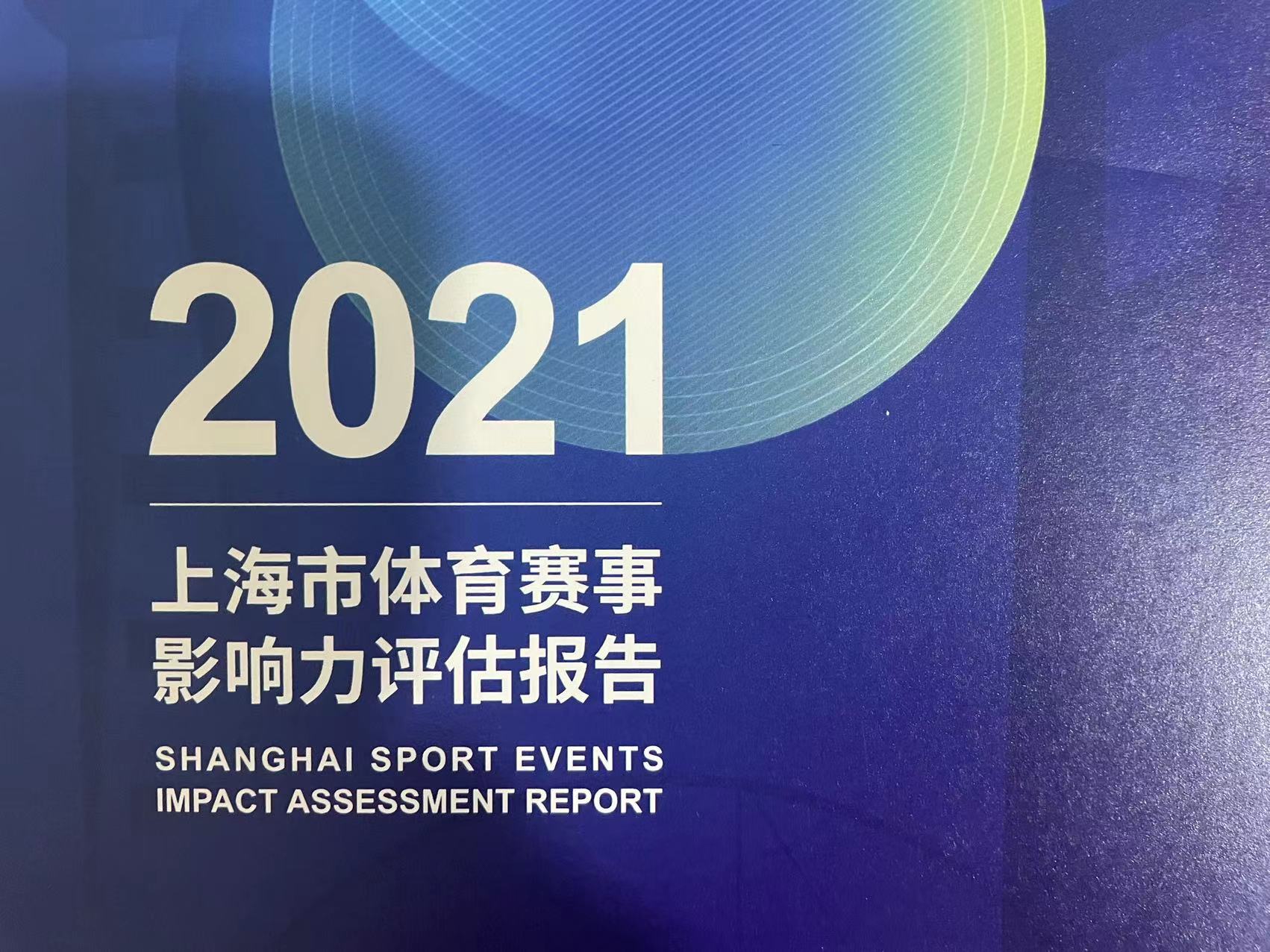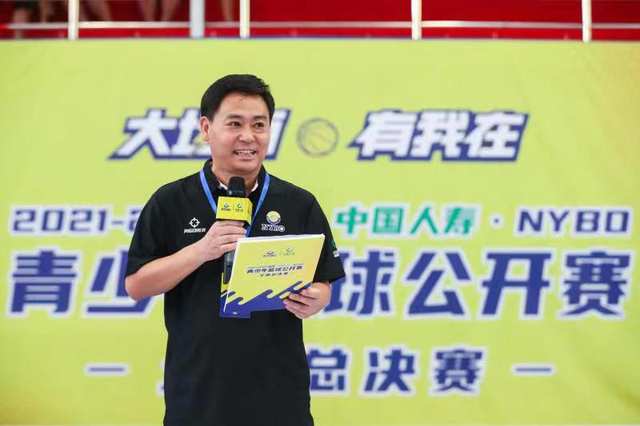Brazil's Malacan Stadium: "Football Temple" of "Football Kingdom"
Author:Focus on Latin Time:2022.08.09
In Rio de Janeiro, Brazil, no matter the streets, open spaces, or beaches, or forests, there are almost a group of young people who are playing in groups. Some people say that Brazil does not have a unique "football city", because the entire Brazil is a "football kingdom", but in this "football kingdom", there is an indisputable "football temple", that is, the center of Rio City. Malacan Stadium. The Rio de Janeiro is carefully creating this "football temple" to add vitality to the development of the entire city and continue to expand the world's popularity.
The Rio people's love for football deeply penetrates the bone marrow and from the heart. For decades, this city has produced many world -class stars such as Jiko, Ronaldo, Romario, Beibeito, and the headquarters of the Brazilian Football Association is located here. All states in Brazil have their own state league or championships, of which the first season of the Rio de Janeiro State League dates back to 1906. Flamengo, Vasco Dama, Flumine, and Botavor and other Brazilian giants gathered in Rio. They all won the Brazilian League championship. Today, many of the 20 teams in the 20th League of Brazil Football League come from Rio de Janeiro. These high -level football clubs have further driven Rio's football atmosphere. Whenever the football league is held, the Rio people often go to the stadium to watch the battle.
For Rio Rejorulin, the Malacan Stadium can be described as a beautiful cultural business card. This is the place of the 1950 World Cup, the 2014 World Cup and the 2016 Summer Olympic Games. It carries the glory of Brazilian football, and also records the moment of enthusiastic interaction between many famous players and fans. The Reimit Cup that is permanently retained by Brazil is treasured here. In the hearts of Rio de Janeiro, the Malacan Stadium has far exceeded its sports significance and has become the spirit of local and even all Brazilian football enthusiasts.

The 2014 Brazil World Cup mascot "Fulai Brother"
The first impression left by this "football temple" to reporters is "not good": the first impression of the venue of cement color can hardly see any modern decoration. There is no gorgeous sense. However, when the flow of visiting people step into the stadium and stop in front of the wide lawn, what you see is completely another meteorological: the colorful plastic seats on the stands are gorgeous, and the white shed top is shining in the sun at the top of the sun. Hui, neat and flat lawn is full of vitality. According to the on -site staff, the Malacan Stadium has undergone a large transformation in recent years. The upgrade of internal facilities has made it one of the most modern stadiums, but the appearance insists on "the old as the old" and strives to retain the early 1950s. The original appearance pays tribute to the glorious history of this "football temple".

Maracan Stadium
After obtaining the right to hold the Fifth World Cup in 1950, Brazil started the construction of the Malacan Stadium in August 1948 and was completed two years later. The stadium was co -designed by the famous Brazilian designer Lafaya and architect Orando, Antonio, Pedro Paul. Because there is no today's plastic seats on the cement steps on the stage, the number of audiences can accommodate far more than 80,000 people today, and even selling tickets, making Malacana the most popular audience in the world. Stadium. According to official statistics, on August 31, 1969, Brazil and Paraguay played at the World Cup peripherals at the Malacan Stadium. The total number of fans reached 183,000, creating a historical record for Malacana to receive audiences.
The vicissitudes of the Malacan stadium are not just its simple appearance. There is a carefully designed football museum in the stadium hall. It presents Rio de Janeiro's football history and fans culture vividly and in detail to the world. The museum exhibits photos, videos and models of the construction of Maracan Stadium and reproduction of the game. Two groups of exhibits have attracted reporters' attention:
First, the jerseys of the Brazilian National Football Team from 1938, and the team uniforms and brocade flags of the Brazilian main football clubs are the encyclopedia of the Brazilian football team jersey and brocade flag;
Second, dozens of players such as Belly Belly and Star Neymar have created brilliant players in Brazil. A string of footprints symbolize the footprint of Brazil's football.

During the years, jerseys and creation of brilliant players footprints
At the Fifth World Cup, the Football Museum was at the Fifth World Cup. At that time, the Brazilians were very looking forward to the team in their country to win the championship, but in the finals, the Brazilian team finally lost to Uruguay. Museum's senior interpreter Rodrigueter Ferra told reporters that although the World Cup was lost at the door of the house, it left a scar that was difficult to heal in the hearts of the fans, but this experience also made Brazilian fans more mature, and people's love for football increased. Without diminishing, it was faded to win -win.
In 2014, Brazil hosted the World Cup football game for the second time. Fans expect that the Brazilian team's desire to win a strong magic cup is even stronger, but the Brazilian team lost to the German team in the semi -finals. The loved team has a difficult time. At the 2016 Rio Olympics, the Brazilian Olympic team finally won the gold medal at the Malacan Stadium.

Brazilian Olympic team won the Rio Olympics championship ball
If the Malacan stadium is the heart of Rio de Janeiro's football culture, then large sports events such as the periodic global football league are the aorta of urban development and promote the "blood circulation" of the entire city.
Borrowing the 2014 World Cup and the 2016 Olympic Games opportunities, Rio de Janeiro's city construction level has reached a new level. The teenagers are inspired by many players such as Bailey and Galinham, hoping to enhance their development prospects by participating in football. Rio professional teams attach great importance to selecting and cultivating football talents. Many children who love football have grown up since childhood to become a strong backup force for professional teams at all levels of Rio. Two teenagers are admiring the ball Wang Beili comics

Regularly holding large sports events such as football leagues is an important driving force for the business and cultural industry of Rio de Janeiro. Whenever the football league is held, the surroundings of the stadium are always full of audiences, food trucks and street artists, and a large number of poureded migrant tourists will help urban economic development.
At a store selling jersey and other souvenirs in the Malacan Stadium, Nicolo, a 24 -year -old guy who is fluent in English, is receiving a constant stream of customers. Nicolo told reporters that many students from Brazilian primary and secondary schools went to the Malacan Stadium to "pilgrimage" to feel the glory and dreams, victory and setbacks carried by the Malacan Stadium, to hone their will and strike their lives.
"Football culture is a symbol of Rio. I hope that more people will fall in love with this sport in the future and understand the unique charm of the city through it." Nicolo told reporters.
- END -
The "Evaluation Report on the Influence Evaluation of Shanghai Sports Competition in 2021" was released.

Last year, which sports events in Shanghai are the most influential? On August 18,...
2021-2022 China Life Insurance · NYBO Youth Basketball Open National Finals Consecration

Henan Daily Client reporter Li Peng Correspondent Wang YanOn August 14th, the 2021...